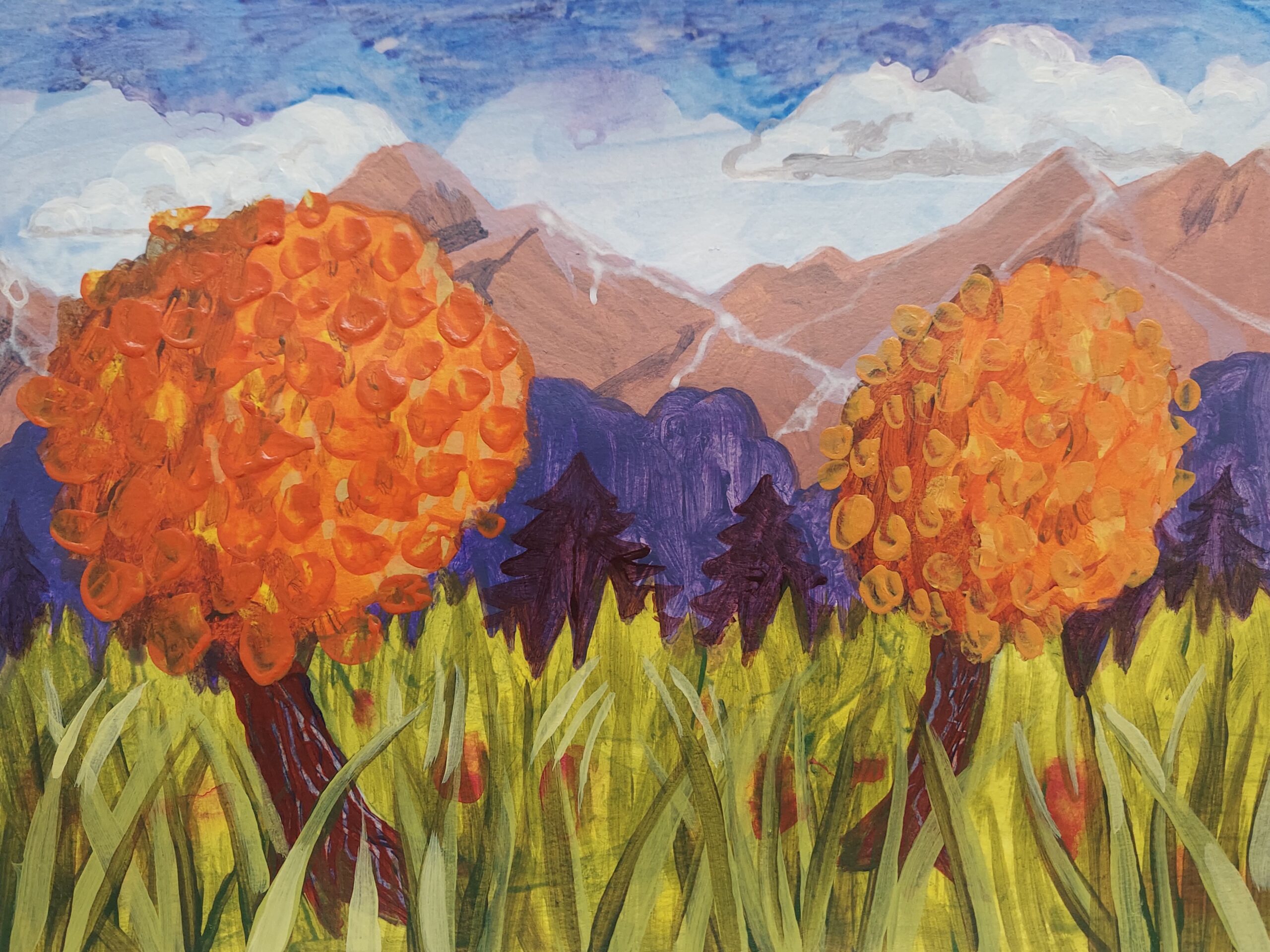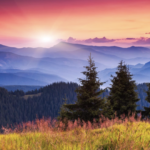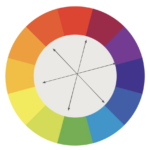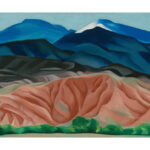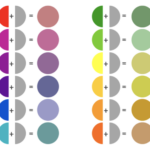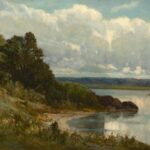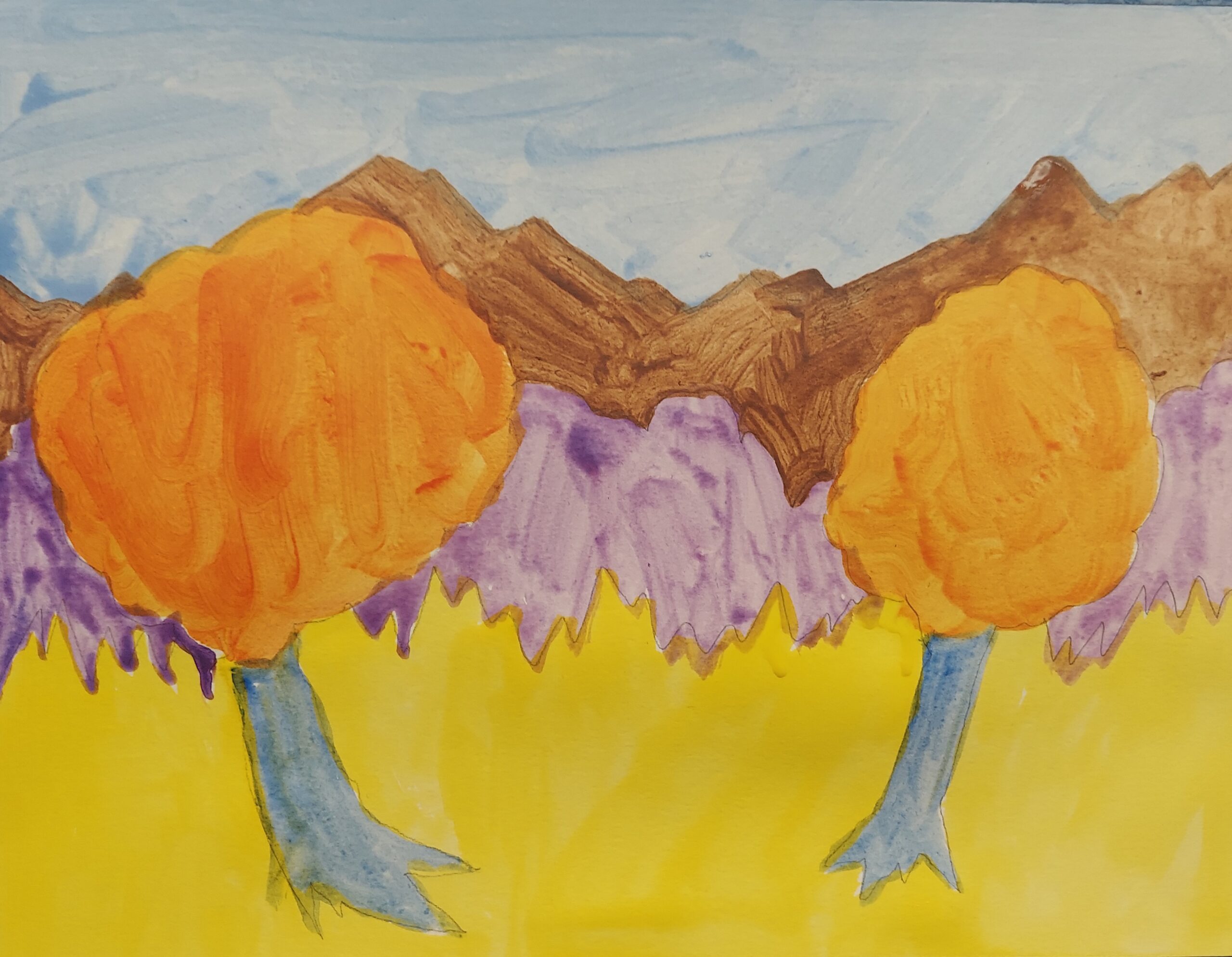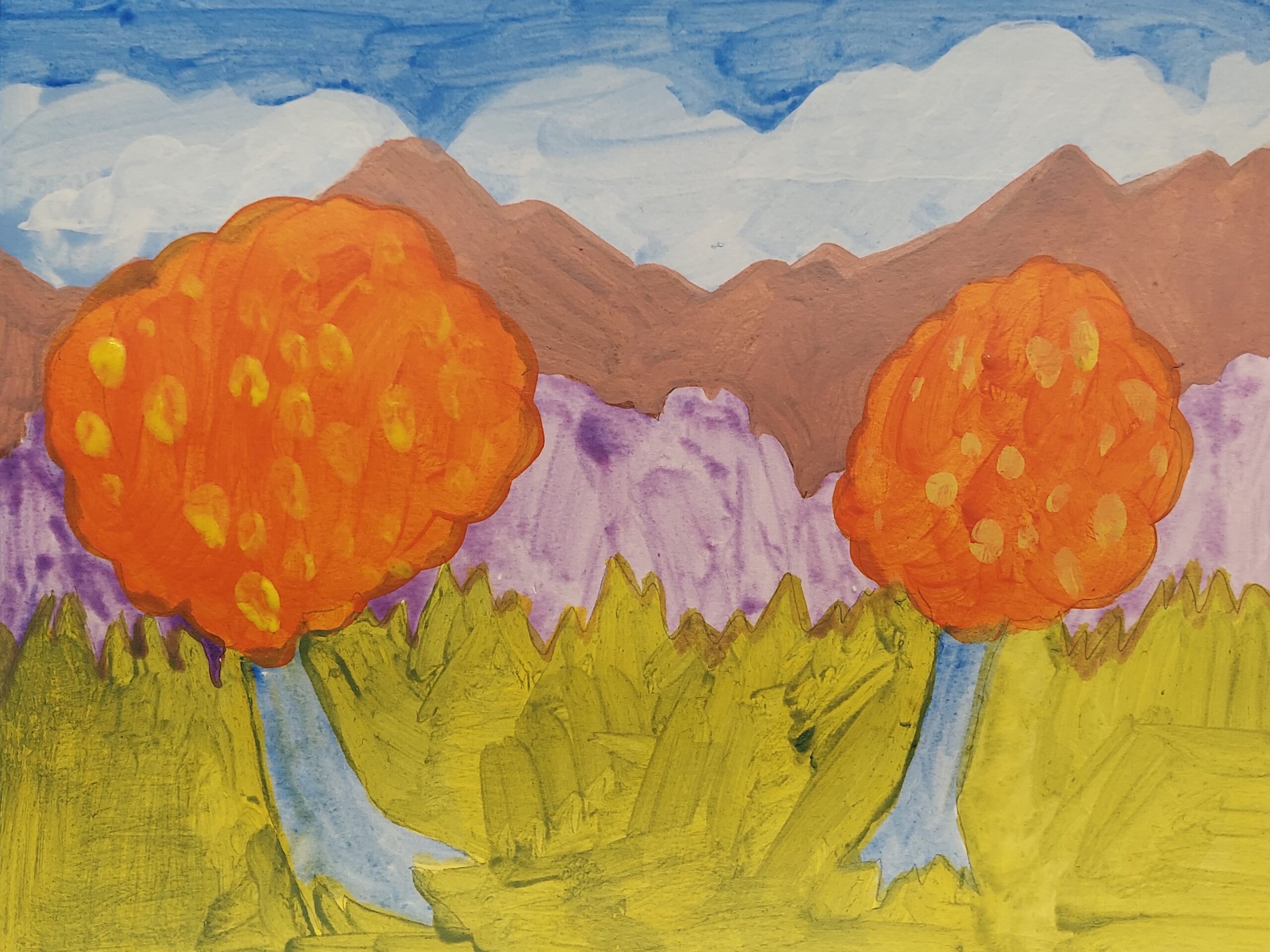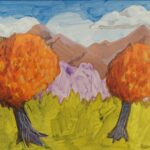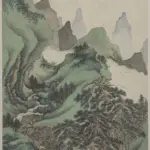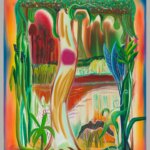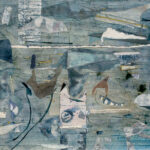Overview
In this 10-lesson unit, students will use their knowledge of color mixing and painting techniques to create expressive landscapes. By selecting and manipulating forms, colors, and elements, they will convey personal thoughts and emotions, emphasizing or exaggerating features to reflect their own perspectives.
Students will explore the structure of landscapes and use reference images as inspiration for their drawings and paintings. Through experimentation with oil pastels and tempera or acrylic paint, they will practice mixing secondary colors, tints, shades, and neutral tones to create expressive or imaginative landscapes.
Lessons
Materials and Tools
- Tempera Paints: Water-based and semi-permanent, tempera paints are easier to clean, making them ideal for younger students or those with little painting experience.
- Acrylic Paints: Versatile, durable, and capable of creating a smooth, glossy, permanent finish. Acrylics are suitable for a wide range of techniques and offer greater flexibility for advanced students.
Objectives
Students will understand that:
- Landscape artworks depict natural features such as mountains, valleys, water, fields, forests, and coasts.
- The structure of a landscape artwork includes the foreground, middle ground, and background.
- Artists can mix a variety of colors, tints, and shades by blending primary, secondary, and complementary colors.
- Artists use different techniques to enhance their work.
- Artists can select and manipulate forms, colors, and elements to convey personal thoughts and emotions in their landscape art.
Students will be able to:
- Make expressive marks with oil pastel and tempera or acrylic paint.
- Mix desired colors, tints, and shades using both oil pastel and tempera or acrylic paint.
- Mix complementary colors to create neutral tones.
- Create an expressive landscape painting that conveys a personal perspective.
Scalability
This unit can be adapted for various grade levels or levels of experience.
Online Courses for Educators
Adaptions
Tertiary colors can be included or omitted based on the students’ level of experience.
Resources
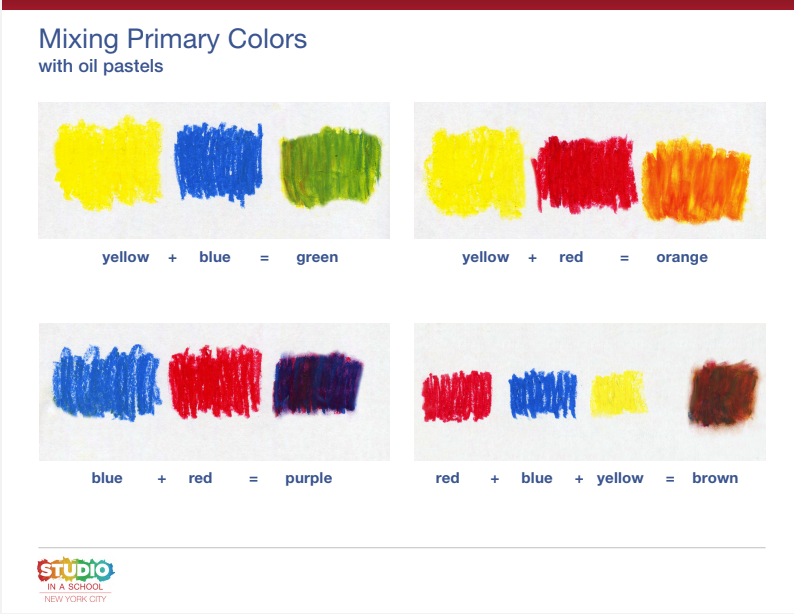
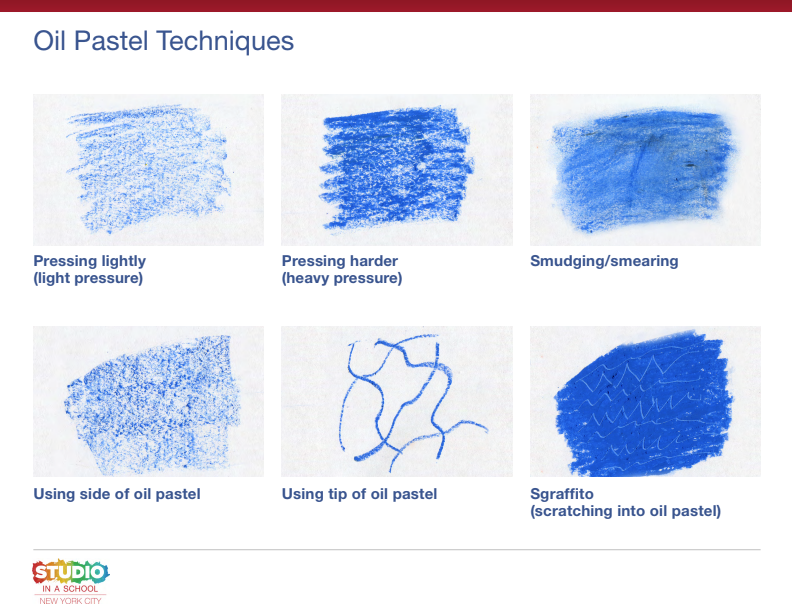
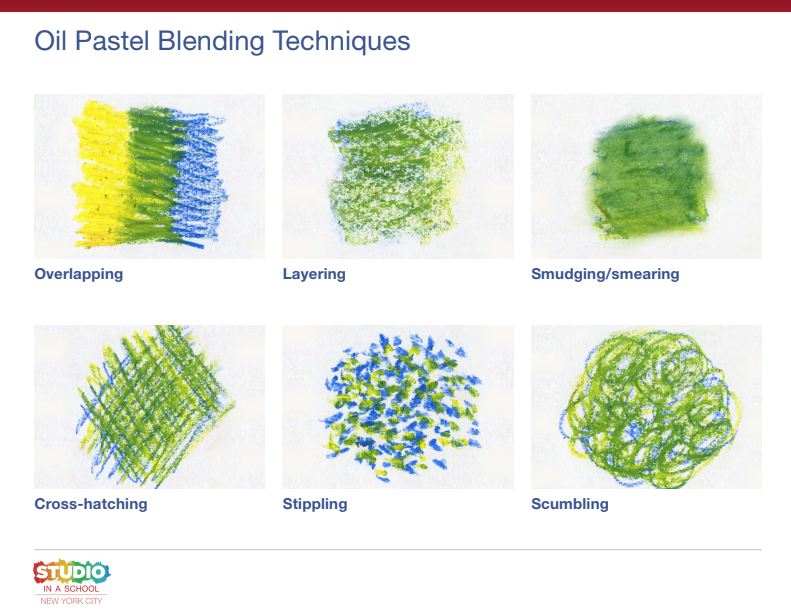
Oil Pastel Blending Techniques
Credits
Written By:
Matthew Mahler
Based on Lessons By:
Katherine Huala, Jamie Powell, and Matthew Mahler
Lesson Development:
Andrea Burgay, Director of Digital Learning
Copyright © 2024 Studio in a School NYC LLC

